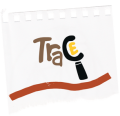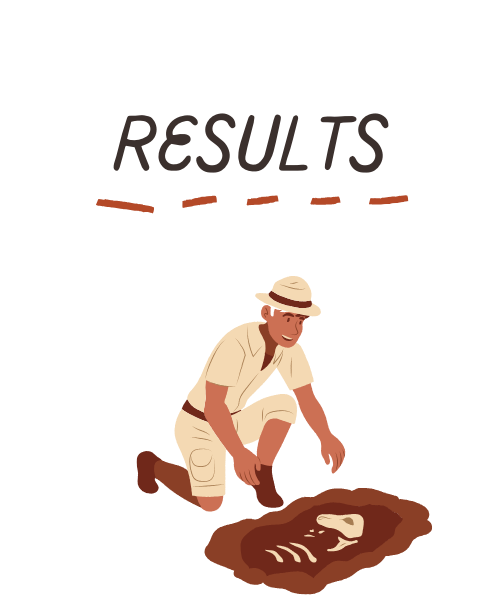

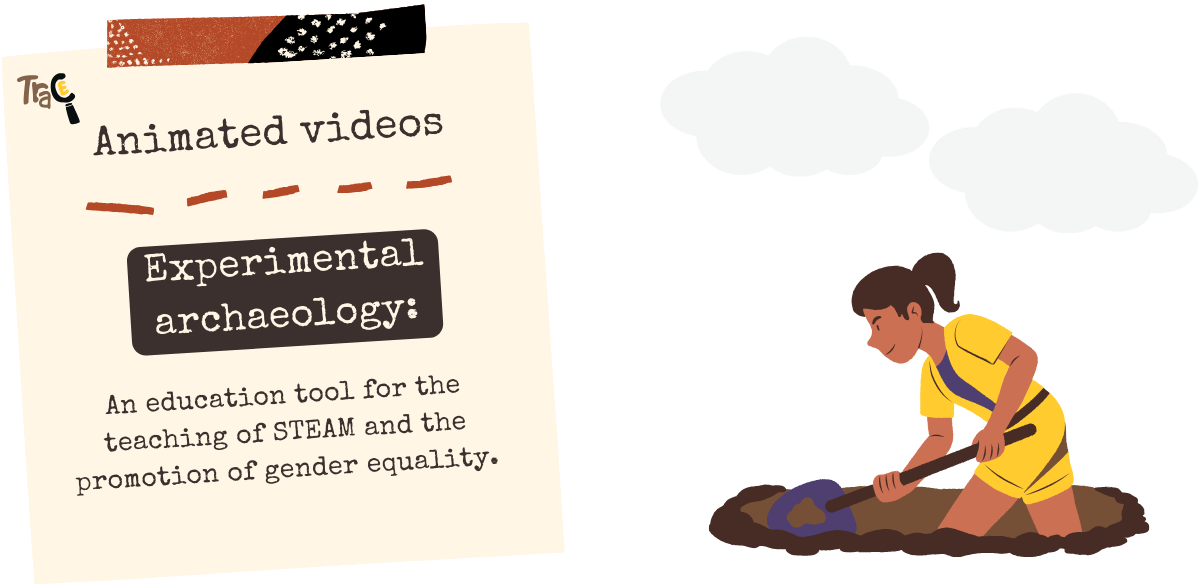
With the launch of the Project, which will first see the conduction of sound research, round tables will be organized in order to gather expertise and discuss educational needs with teachers, educators, archaeologists, historians, and museum experts.
This will allow the creation of animated videos (with a manual on how to use them) addressing both theoretical and practical aspects of exp. arch., in order to promote it as an educational tool and as a way to tackle the gender gap in STEM careers or education.
The animated videos are an open educational resource available for free. They introduce exp. arch. as a way to foster interest and excellence in STEM disciplines (science, technology, engineering, and mathematics) through a STEAM approach (linking the STEM disciplines with the Arts or Humanities).
They illustrate how exp. arch. activities can be used and customized to teach abstractions, theories, or laws from the STEM fields with concrete practices.
Moreover, they showcase numerous examples of women scientists and archaeologists, which counter the lack of female representation in science, and promote science-oriented paths to women as a way to boost gender equality.
The animated videos come with an explanatory manual that inspires teachers and educators to integrate exp. arch. in their programs.
More coming soon!
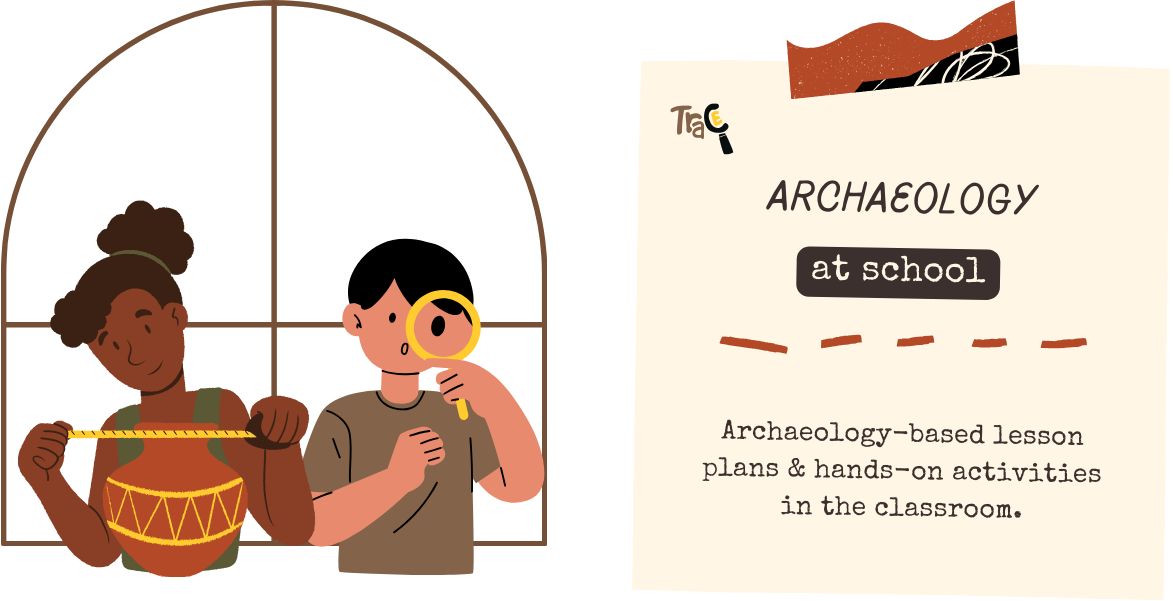
The second phase of the Project will see the development of archaeology-based activities which will be introduced in STEAM classrooms.
Students are given the opportunity to experiment with artefacts or replicates (such as coins, pottery, tools, or animal bones) in order to understand how formulas, theories, or mathematical laws and theorems, can be applied in real life. For example, how to determine, from a specific chemical absorption, how long a piece of glass or bone has been underground, and what it says about the past.
With practical activities, students develop their scientific skills, such as problem-solving and critical thinking, analysis, data collection, quantification, or even communication.
To facilitate the successful introduction of the hands-on activities in STEAM classrooms, teachers are provided with lesson plans and appropriate training.
The lesson plans guide them with the teaching and learning STEM-related topics (such as the laws of thermodynamics, Newton’s laws, or trigonometry), and to present knowledge about past societies in an interdisciplinary way (from a technological, economical, social or cultural perspective).
All lesson plans and hands-on activities are designed in order to promote gender equality in STEM-related careers or education.
More coming soon!
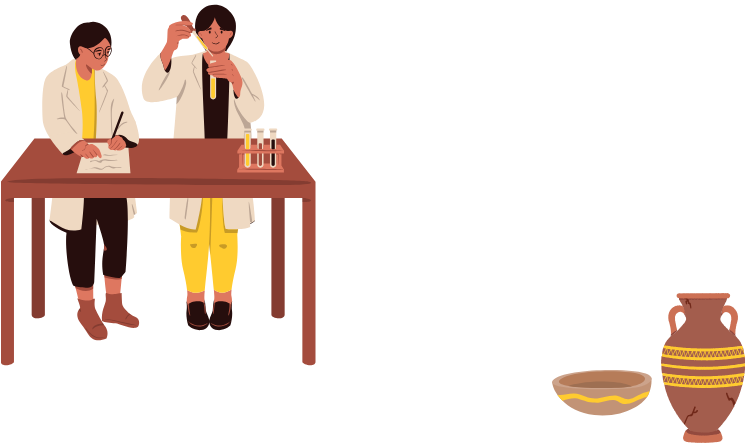

The last phase of the Project will provide digital simulations of archaeology-based activities in a gamified approach, in order to foster long-lasting interest and excellence in STEAM education.
The digital simulations enable students to explore scientific concepts and establish connections between seemingly disparate fields (such as chemistry and history). They offer 3D representations of ancient artefacts or material to practice and incorporate STEM theories, concept and formulas.
The digital simulations can be broadly used by teachers and educators to foster an interactive learning environment in their classroom, with the help of digitized methodologies that are designed to be inclusive and promote the major role of women in science.
More coming soon!

